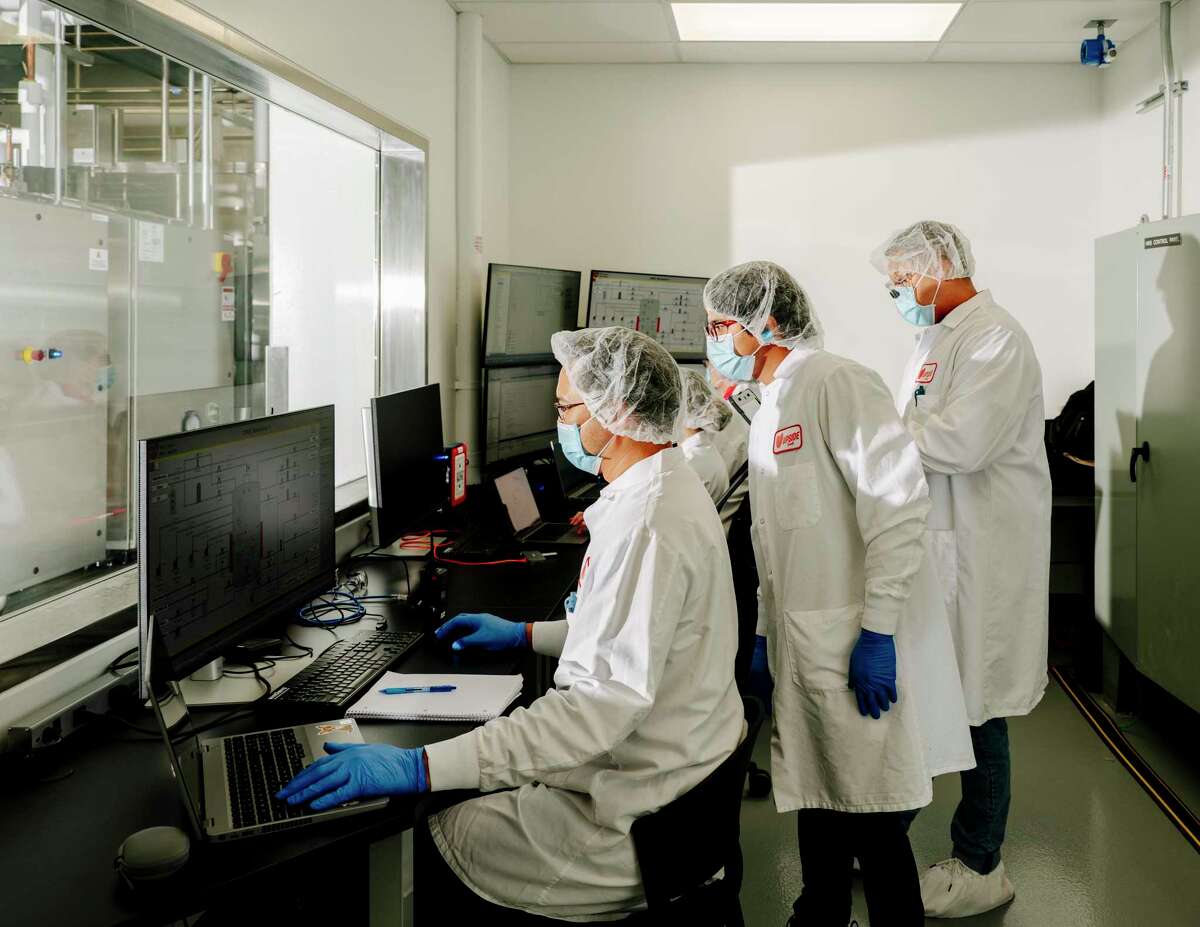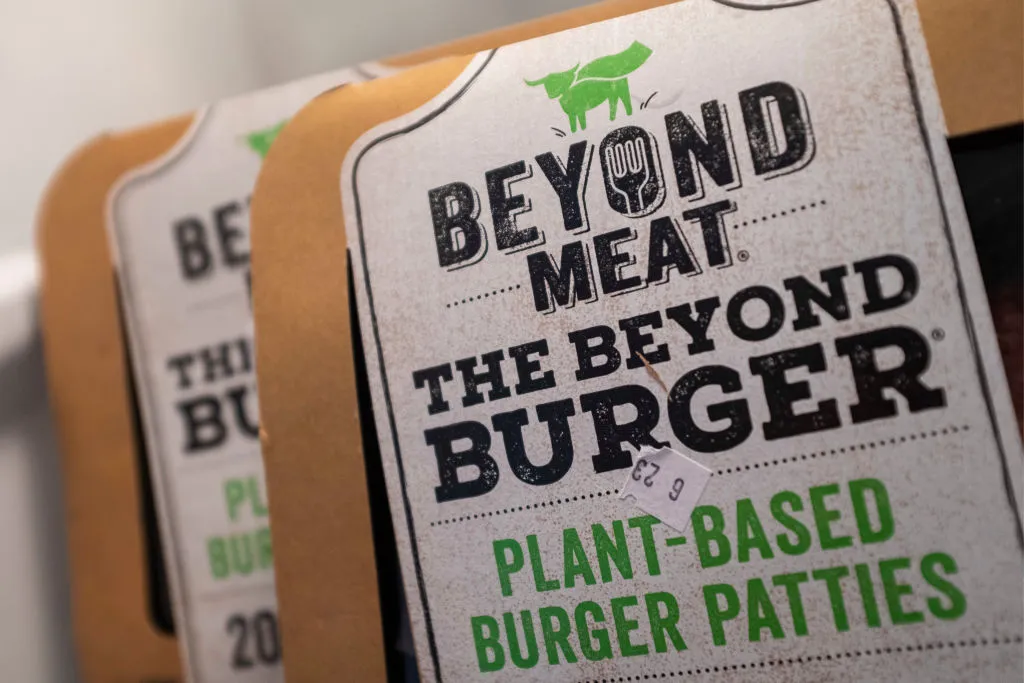ADM’s Jacquelyn Schuh explores how the alternative protein landscape is transforming to meet global demand, with evolving consumer preferences and innovative technologies at the forefront.
Fuelled by a rapidly growing global population, environmental concerns, as well as health, wellness and nutrition considerations, expanding the protein landscape is increasingly crucial to meet the ever-growing needs of our food system, as well as evolving consumer demands.
New advancements in technology, in addition to continued investment, research and development, have made expanded protein options – including animal-based, plant-based and novel sources – a reality. This is no small feat and is dependent on several factors. By anticipating the next wave of advancements, understanding consumer needs, building a bridge to better nutrition and taking a tailored approach to accessibility, the food industry is well-equipped to move the protein ecosystem forward.

Anticipating a new wave of innovation
Globally, modern plant product consumers – defined as flexitarians, vegetarians or vegans – are increasingly more open to trying protein from a variety of plant-based sources and those produced or in combination with next-generation technologies1. On top of that, these consumers are progressively placing less importance on the specific protein source itself as they have in the past1 – pointing to new possibilities for novel sources and blends of protein ingredients to meet nutrition, taste, sustainability and functional needs.
For instance, hybrid solutions that combine familiar sources, like soy protein, with new processes, like precision fermentation or cell cultivation, can help encourage consumer acceptance and adoption of new and expanded protein options. Research shows that when asked about interest in more novel or next-generation science and technological advancements, global plant product consumers are most interested in trying plant-based products with plant-based novel ingredients, followed by hybrid alternative options (a combination of familiar and new technologies), followed by fermentation-derived sources1.
Hybrid solutions of plant-based proteins and fermentation-derived proteins combined are highly anticipated to be what’s next in alternative protein development, after novel advances in scaling new or lesser-known sources, such as algae, lupine and navy bean with animal proteins. At the same time, fermentation-derived proteins show promising advancements, with many consumers recognizing fermentation as a typical food process. Looking further into the future, cell-cultivated proteins are anticipated to be key in solving seemingly impossible challenges in taste, nutrition and texture in formats like steak, fish, cheese and more.

Research also shows that these technologies do not sit in isolation, meaning consumers look at them within the context of the actual foods and beverages they consume. For the technology to be successful, it has to be used in a segment that is relevant to consumers or solves an issue or unmet need2. Further, consumers are also more likely to try products made by new technologies, such as precision fermentation or cellular agriculture, if they demonstrate to be high in nutritional value, safe, low in price and good for the environment.3
References
1ADM Outside Voice℠, Global Protein Consumer Discovery Report, January 2023
2ADM Outside Voice℠, Global Next Gen Protein Report, March 2023
3The Hartman Group, Food & Technology, 2022
** Click here to read the full-text **










